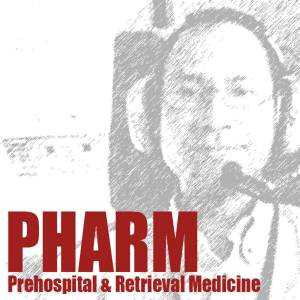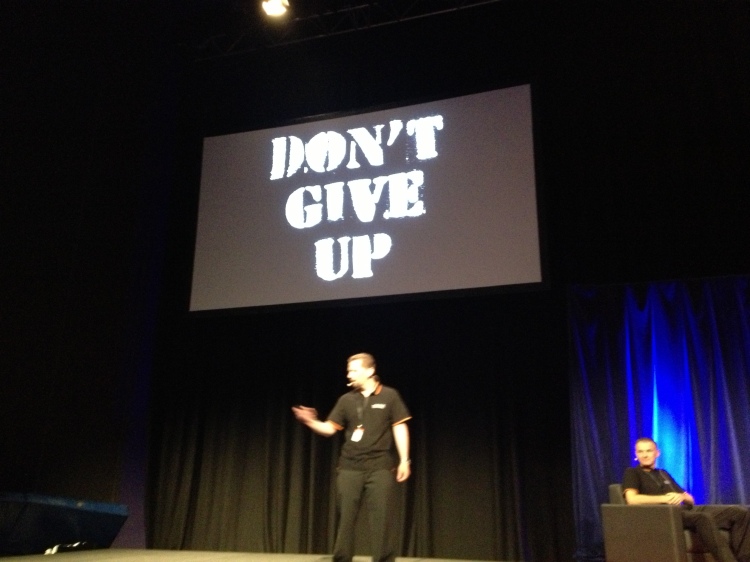Dr Darren Braude of New Mexico, USA once told me quite sagely : ” Minh, if you gave me all the time in the world, I could intubate just about anyone..the problem is that when you render someone apneic, the oxygenation starts to fall and you dont have all the time in the world.”
Now most of our readers would be familiar with the NODESAT strategy advocated by Dr Levitan, right?
I always find it strange talking to colleagues from anaesthesia or residents who are spending time in an anaesthesia rotation, and they tell me that anaesthetic doctors often respond with the suggestion of NODESAT for an emergency RSI with surprise, confusion and often disdain/scorn.
This is incredible as the concept of NODESAT or apneic oxygenation was first described by the anaesthetic community
And this latest 2013 paper in Otolaryngology – Head and Neck surgery journal describes apneic oxygenation once again!
USE OF APNEIC OXYGENATION FOR PERFORMANCE OF PAN-ENDOSCOPY
Tips from the article :
- If you get a catheter down near the carina, within the trachea and deliver 0.5l/min oxygen flow , adequate apneic oxygenation can occur. Caveat is adequate denitrogenation prior to initiation of apneic oxygenation. Not so useful concept in EM/CCM but good to know this is not just a crazy idea dreamt up by EM/CCM doctors!
- Extreme Obesity and pulmonary restrictive conditions may be unsuitable for apneic oxygenation
- Maximum apnea time in this study was 45 min!
- maximum ETCO2 level recorded was 89, so CO2 will rise with apnea time . Beware patients with elevated ICP!


NO DESAT principles are being introduced as part of our standardised teaching program for difficult airway management – to be rolled out across all critical care trainees – including anaesthesia! The result of a collaborative approach to difficult airway management across critical care disciplines at Monash Health.
thanks Nic!
I guess flow rate is important – we always thin of giving high flows during hypoxia – but blasting 15l/min through an Aintree or Frova down the trachea could cause barotrauma
The case of Gordon Ewing (exploding scrotum) is illustrative – see http://www.scotcourts.gov.uk/opinions/2010FAI15.html
So remember if using an oxygenating catheter to use LOW FLOWS and be mindful of barotrauma
thanks Tim. important to note the distinction between extra vs intra tracheal oxygen delivery.
NODESAT – great tip, like it! Anyone using this for PHC RSI as part of a standardised approach?
yes I do but need to recognise logistical issues if only carry small Oxygen supply at PRehospital primary missions.
My PHARM colleague Stefan Mazur from MedSTAR in South Australia told us at SMACC2013 that there were practical issues such as potentially running out of oxygen if trying NODESAT at the roadside RSI.
I try to take extra oxygen on primary missions for this very reason.
That’s exactly what I suspected might be the issue, but with relatively short transfers and easy access to re-stock is does seem like a safe viable option.
It is bizzarre that this is not being more widely adopted in anaesthesia as we so often demonstrate to trainees that the patient, pharmacologically obtunded for SGA insertion, remains well saturated despite the associated apnea. They look in utter disbelief when you explain that you only need to breathe to clear CO2!
I agree Minh – is bizarre that Anaesthetists are not adopting this in droves. I hear all sorts of responses including utter illogical rubbish such as “I don’t need it cause I’m confident in my skills”. Cross collaboration is needed as it sounds like is occurring with Chrimes at Monash.
“If nothing goes wrong, is everything alright?” – a great paper which should be required reading for anyone serious in either trials involving small numbers of patients OR the fallacy of ‘in my experience I never have to use an airway adjunct” etc
There’s a link over at kidocs.org this month, can’t reference just now
I have used an adult small facemask, or a child sized facemask with the anesthetic straps across the nose of several patients with morbid to super morbid obesity, and connected that to the Oxylator (30 liters per minute) during deep sedation for TEE and GI upper endoscopy—the pulse ox always stays in the high 90’s, and the CPAP from this method definitely contributes to apneic oxygenation (as even though I utilize EtCO2 monitoring, no EtCO2 is detected because the exhaled breath likely goes out the mouth.
Mihn, I’ll create a little concept video on this idea for you to reproduce in your own lab. The idea is that we go from full facemask during preparation for intubation to the tight fitting nose mask during the endoscopy. I have ventilated patients with this method with a good strong head tilt and jaw thrust with the deliberate sealing over of the mouth to allow the Oxylator to build pressure and reach release. I’ll see if I can simulate that too.
Anand, I agree with you, but anesthetic methodology is steeped in tradition, and many trained professionals are afraid to change something that works for them 99 percent of the time. All we can do is educate the young, and wait for the old to retire.
thanks Jim. You be the man! One question though with your nasal CPAP oxylator setup for deep sedation. Is this really apnoeic oxygenation? I assume your patients are still spont breathing?
The intention is to maintain spontaneous ventilation during the sedation and procedure, yes. However, when objective signs that confirm spontaneous ventilation are examined (like chest rise and fall, etc…), you often cannot say for certain that they are breathing spontaneously. Based on the medications I deliver, I am certain that they breathe at least 8-12 times a minute. This simulation will be followed with an actual case-so we can see if it works.
so you have capnographic signs of apnoea at times ?
Well, let me put it this way: Because the gas flow through the nasal mask is a constant 30 lpm (and the seal around the nose is tight), the oxygen goes into the nasopharynx, and either down the trachea, or out of the mouth. I do not have an easy way to position a capnography line near the mouth, as there is too much commotion with the TEE or EGD. So I really have not been able to monitor capnography in these cases. The capnograph line remains attached to the nose mask circuit, and the patient never exhales through the nose in these scenarios–they exhale through their mouth.
Honestly I don’t care about my collegues, I use Nodesat, sometime someone especially older Docs look at me like an alien and they are very sceptic…. but Nodesat is a safe costeffective procedure that increase patient safety….and MY BRAIN safety….and that is what really matters!!!!!